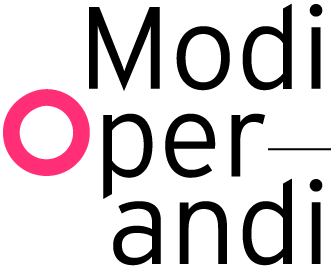PREFACE
Our modern understanding of play was theorised by the Dutch historian Johan Huizinga and formulated in his book Homo Ludens (1938), which discusses play in relation to culture and society. Huizinga advocates play as a primary and necessary condition of culture in 5 keys points:
- It is free, it is in fact freedom.
- Play is not “ordinary” or “real” life.
- Play is distinct from “ordinary” life both as to locality and duration.
- It creates order, is order.
- It is an activity connected with no material interest and no profit can be gained by it.[5]
Play is a free and meaningful activity that is carried out for its own sake, with no related interest in production or profit. It is separate from practical life both spatially and temporally, and maintains its own self-contained systems of rules. Subsequent scholars, in particular the French sociologist Roger Caillois in Man, Play and Games (1961),[6] extended upon Huizinga’s work by emphasising the central role of play in human culture. Whilst Huizinga focused on the competitive nature of play and gaming, Caillois looked at the spectrum of play from the structured to the un-structured, acknowledging spontaneity and playfulness as an inherent component of play. The theories of both Huizinga and Caillois later went on to influence the late-modernist avant-garde group; the Situationist International (SI). Key figures of this movement include the writer and theorist Guy Debord, and artist Constant Nieuwenhuys.[7]
This essay addresses the notion of play from a spatial perspective, elaborating Huizinga’s five points on play and introducing a sixth point, in which play can be regarded as an act of transgression. Play will be discussed through Debord’s Theory of the Dérive and Constant’s New Babylon as two approaches that stimulate encounters and establish new situations, but also challenge societal conventions. These approaches begin to question how play can be seen as transgressive and how transgressive acts can alter our understanding of space.
